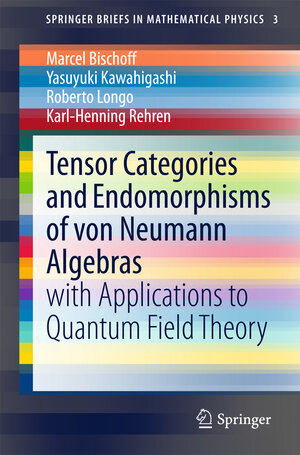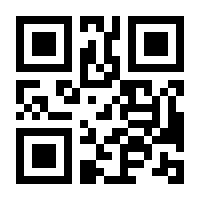
“The volume gives a coherent overview of some recent mathematical developments in the study of endomorphisms of von Neumann algebras and their applications in algebraic quantum field theory. … every chapter has its own list of references, which points the reader to more detailed literature. … Anyone who wishes to understand the recent advances in our understanding of endomorphisms of von Neumann algebras … should find this book a valuable resource.” (Ko Sanders, Mathematical Reviews, January, 2016)
Tensor Categories and Endomorphisms of von Neumann Algebras
with Applications to Quantum Field Theory
von Marcel Bischoff, Yasuyuki Kawahigashi, Roberto Longo und Karl-Henning RehrenC* tensor categories are a point of contact where Operator Algebras and Quantum Field Theory meet. They are the underlying unifying concept for homomorphisms of (properly infinite) von Neumann algebras and representations of quantum observables.
The present introductory text reviews the basic notions and their cross-relations in different contexts. The focus is on Q-systems that serve as complete invariants, both for subfactors and for extensions of quantum field theory models.
It proceeds with various operations on Q-systems (several decompositions, the mirror Q-system, braided product, centre and full centre of Q-systems) some of which are defined only in the presence of a braiding.
The last chapter gives a brief exposition of the relevance of the mathematical structures presented in the main body for applications in Quantum Field Theory (in particular two-dimensional Conformal Field Theory, also with boundaries or defects).


